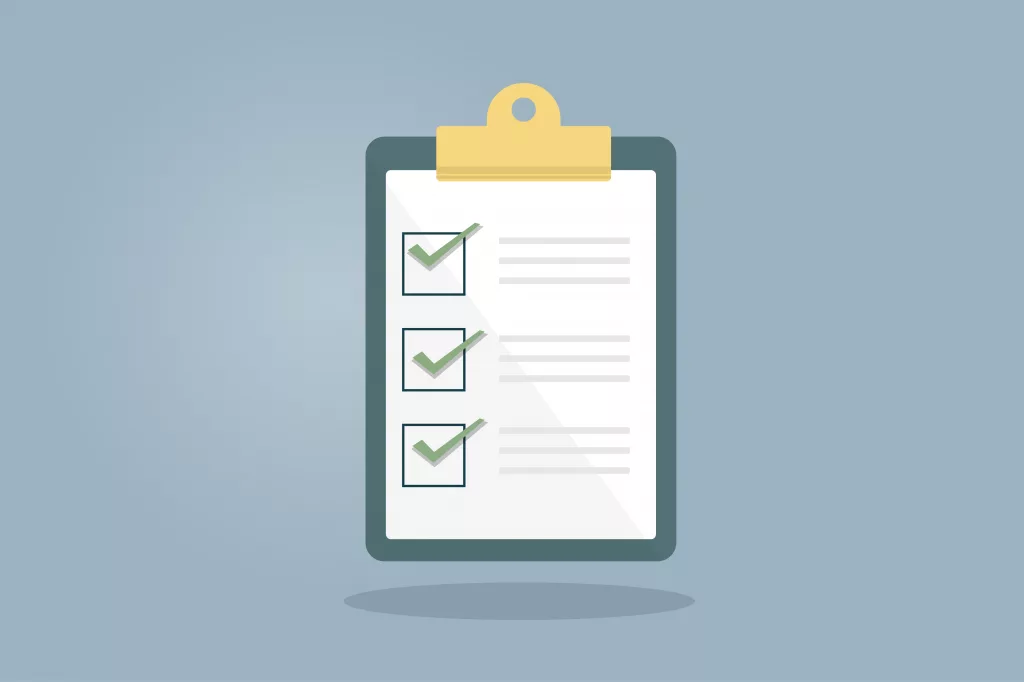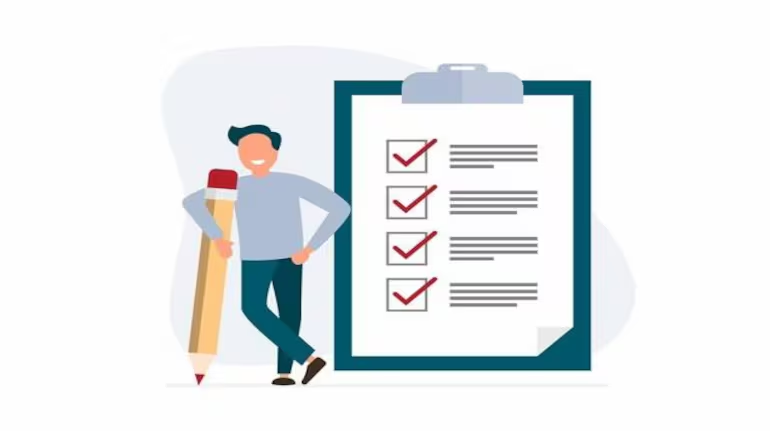For many Filipinos, applying for a home loan is a significant step toward achieving a lifelong dream. However, the process can often seem daunting, with a long list of requirements and an intricate procedure that can be confusing. The key to a successful and stress-free home loan application lies in one simple word: preparation. By knowing exactly what to expect and having all your documents in order, you can confidently navigate the process. This comprehensive guide details the required documents and procedures for a home loan application, providing a clear checklist for every type of borrower and a step-by-step roadmap to help you secure the financing for your dream home.
1. Your Home Loan Journey Starts Here
Before you start submitting documents, it’s crucial to understand the importance of a well-prepared application. A successful home loan is not just about having a good income; it’s about proving your financial stability to a lender in a clear and organized manner.
The Foundation of a Successful Application: Completeness and Accuracy
Lenders, whether they are a commercial bank or the Pag-IBIG Fund, are looking for two things: a qualified borrower and a sound property. The only way you can prove this is through your documents.
- Completeness: A single missing document can be enough to delay your application for weeks or even months. The application process is a long chain, and a broken link can stall the entire process.
- Accuracy: All the information on your forms and in your documents must be accurate and consistent. Any discrepancy, no matter how small, can raise a red flag for the lender and lead to a rejection. For example, your name on your government IDs must match the name on your birth certificate and your tax records.
A well-prepared application is a clear signal to the lender that you are a serious and reliable borrower, and it is the single best way to ensure a smooth journey.
Pre-qualification: A Strategic First Step
Before you even fall in love with a property, you should consider getting pre-qualified for a home loan. This is a preliminary assessment of your borrowing capacity.
- Why it’s important: A pre-qualification tells you the maximum amount you can borrow based on your income and financial profile. This gives you a clear budget, so you can focus on finding a property you can actually afford.
- How it works: You provide the lender with basic personal and financial information (e.g., income, existing debts, employment history), and they give you an estimate of your borrowing capacity. While this is not a final approval, it is an invaluable tool for a smart homebuyer.
This strategic first step helps you avoid the disappointment of falling in love with a property that is beyond your financial reach.
2. The Essential Checklist of Required Documents
The required documents and procedures for a home loan application can be categorized into three main groups: personal documents, income documents, and property documents. The exact list of documents will depend on your employment status and the type of property you are purchasing.
The Borrower’s Personal Documents
These documents serve as your official identification and proof of your legal status. They are required for every borrower, regardless of their income source.
- Application Form: The lender’s official loan application form, duly accomplished and signed.
- Valid IDs: Two valid government-issued IDs with your photo and signature. This can include your Passport, Driver’s License, SSS/GSIS ID, or PhilHealth ID.
- Birth Certificate: If you are single.
- Marriage Certificate: If you are married.
- Photos: Recent 1×1 or 2×2 photos.
- Special Power of Attorney (SPA): If you are an Overseas Filipino Worker (OFW) or are living abroad, you will need to execute an SPA for your representative in the Philippines.
The Borrower’s Financial Documents
This is the most critical part of your application, as it proves your ability to pay. The requirements vary significantly depending on your employment status.
- For Locally Employed Borrowers:
- Certificate of Employment and Compensation (COE) stating your position, salary, and length of service.
- Latest 3 months’ payslips.
- Latest Income Tax Return (ITR) or Form 2316.
- For Self-Employed Borrowers:
- Latest 2 years’ Audited Financial Statements (AFS) with the bank’s stamp.
- Latest 2 years’ Income Tax Returns (ITR) with a copy of the official receipt.
- Business Registration: SEC Registration (for corporations) or DTI Registration (for single proprietors).
- Business Profile or a list of major clients/suppliers.
- For OFWs and Overseas Filipinos:
- A notarized or authenticated Certificate of Employment and Compensation from your employer abroad.
- Latest 3 months’ payslips or proof of remittances.
- Copy of your employment contract.
- A copy of your passport with your visa stamp.
The Property-Related Documents
These documents prove the legal status of the property you are buying. They are required for both new and pre-owned properties.
- Transfer Certificate of Title (TCT): A clean copy of the property’s title.
- Tax Declaration: A copy of the Tax Declaration of the land and improvements.
- Lot Plan/Vicinity Map: A sketch or map of the property’s location.
- Deed of Absolute Sale: For pre-owned properties, a copy of the Deed of Absolute Sale from the seller.
- Updated Real Property Tax Receipt: A receipt proving that all taxes on the property have been paid up to date.
3. A Step-by-Step Guide to the Application Process
Once you have all your documents ready, you can follow this step-by-step guide to navigate the loan application process.

The Application and Submission Phase
- Submit the Application: You will submit your completed application form and all the required documents to your chosen lender (bank or Pag-IBIG).
- Pay the Processing Fee: You will be required to pay a non-refundable processing fee, which covers the bank’s costs for appraisal, credit investigation, and other administrative expenses.
- Credit Investigation: The lender will conduct a credit investigation to verify your financial information, check your credit history, and confirm your debt-to-income ratio.
The Evaluation and Approval Phase
- Property Appraisal: The bank will send a third-party appraiser to the property to determine its fair market value. The final loan amount you are approved for will be based on the lower of the selling price or the appraised value.
- Final Loan Decision: The bank’s credit committee will review your application, your financial records, and the appraisal report to make a final decision.
- Letter of Guarantee (LOG): If your loan is approved, the bank will issue a Letter of Guarantee (LOG) to the seller or developer. This letter is a promise to pay the loan amount once all legal requirements are met.
The Final Steps: Loan Signing and Disbursement
- Sign Loan Documents: You will be required to sign a set of legal documents, including the Promissory Note and the Mortgage Contract.
- Payment of Equity and Fees: You will pay the down payment (if any) and all the closing costs, such as transfer fees, documentary stamp tax, and other bank charges.
- Disbursement: Once the title is transferred to your name and the mortgage is annotated on the title, the bank will disburse the loan amount to the seller or developer, and you can officially take possession of your new home.
4. Avoiding Common Pitfalls: Key Reasons for Rejection
Knowing the required documents and procedures for a home loan application is important, but you also need to know the common reasons for rejection so you can avoid them.
Common Reasons for a Loan Rejection
- Low Credit Score: A poor credit history, with a high number of missed payments, can be an immediate reason for rejection.
- Insufficient Income: If your income is not enough to meet the lender’s Debt-to-Income (DTI) ratio requirements, your application will be denied.
- Incomplete or Inconsistent Documents: As mentioned, a missing or inaccurate document can stall the process and eventually lead to a rejection.
- Problem with the Property’s Title: If the property has a legal issue, a lien, or is not properly documented, the bank will not approve the loan.
Practical Tips for a Successful Application
- Check Your Credit Score: Before you apply, get a copy of your credit report from a credit bureau to know where you stand.
- Settle Existing Debts: Pay off or consolidate any existing debts to lower your DTI ratio and increase your borrowing capacity.
- Be Honest and Transparent: Disclose all your debts and financial obligations to the bank. Being transparent from the beginning is always better than having a hidden debt discovered later.
Conclusion
The required documents and procedures for a home loan application are the keys to a successful and smooth journey to homeownership. By taking the time to prepare a complete and accurate set of documents, understanding the step-by-step process, and avoiding common pitfalls, you can confidently navigate the application process. A well-prepared application not only increases your chances of approval but also sets the foundation for a responsible and financially secure future in your new home.













